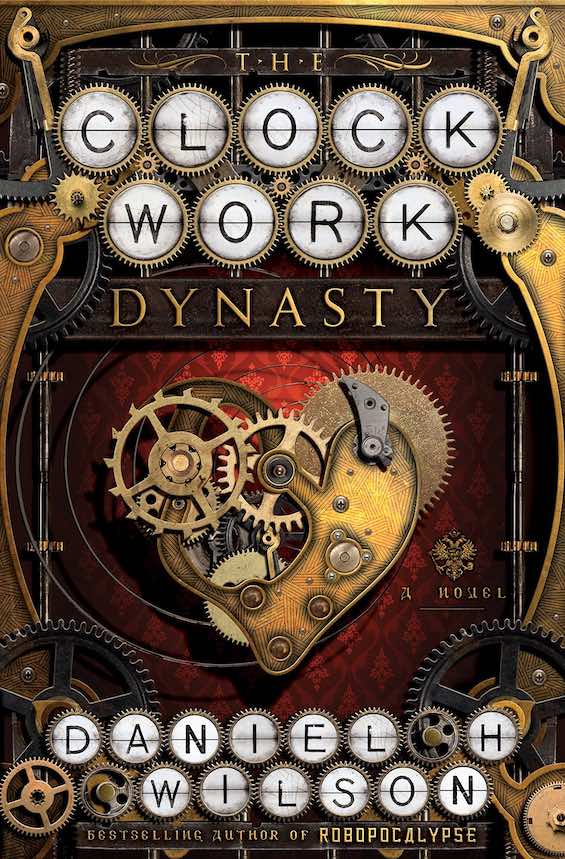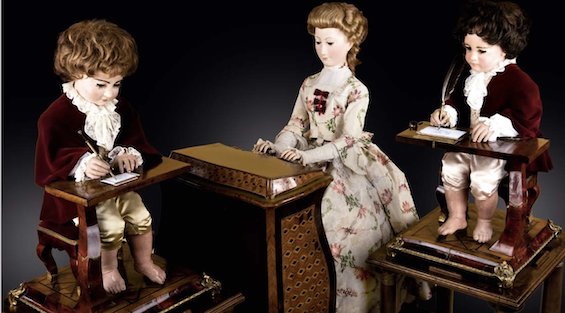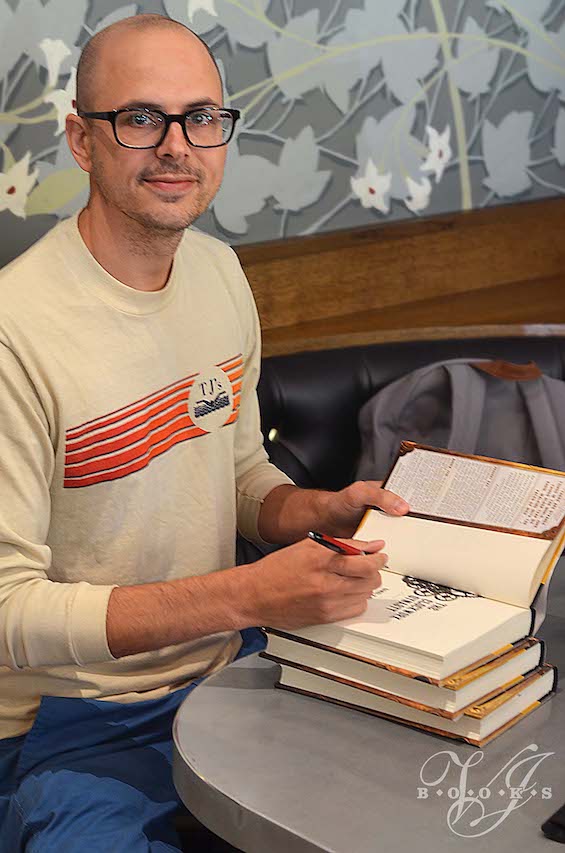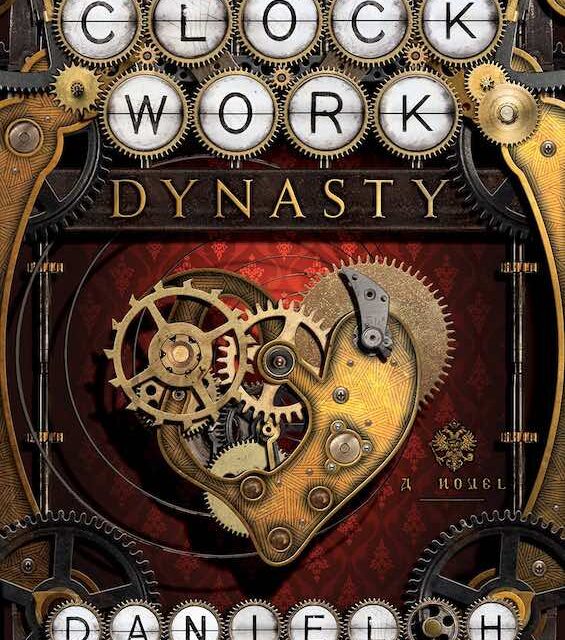
Throughout recorded history, we humans have wondered whether external forces have shaped our destiny. Most have found solace in the belief that a god or gods have been our benefactors. A handful of others have imagined that an extraterrestrial race has guided our ascent through time. In an original twist on this thesis, science fiction author Daniel H. Wilson envisions a race of ancient robots that has been the architect of our progress. In The Clockwork Dynasty, we meet these ancient automatons up close and personal.
Estimated reading time: 5 minutes
A scientist with an obsession
Wilson builds his story around an American scientist and a handful of robots of ancient but indeterminate origin. The scientist, whom we know as June, studies antique automata of the sort created for diversion in the courts of Europe in centuries past. But she is obsessed with a childhood memory of an exchange with her Russian grandfather. When she was sixteen, he gave her a small object that ever since she has worn on a chain around her neck. Her dedushka told her he had picked it up on the ground during the Battle of Stalingrad after an avenging angel wiped out a contingent of Nazi troops. Only much later, once June’s life becomes entangled with that of an avtomat, or mechanical robot, named Peter, will we come to know the function of the curious object hanging from her neck.
The Clockwork Dynasty by Daniel H. Wilson (2017) 330 pages ★★★★☆

Ancient robots come to life
We first meet Peter when he comes to awareness in a watchmaker’s shop in Moscow in 1709. Tsar Peter I, known as Peter the Great, rules the Russian Empire he has built. And Peter, the namesake avtomat, has been constructed in the tsar’s image. He is six-foot-eight and inhumanly strong, a warrior of almost matchless skill. In the same workshop, a small girl named Elena Petrovna, also an avtomat, has come to life as well. Peter perceives her as his sister. His mission, he believes, to protect her and honor pravda, or truth and justice. But above all he has been brought to life to serve the tsar.
Apart from the watchmaker, the tsar, and the tsarina, no one knows that Peter and Elena are robots. “Never reveal your nature to a human being,” cautions the watchmaker. “You are not of our time. People cannot understand your existence.” Nor will we readers until this beautifully plotted novel approaches its climax. And, along the way, we’ll visit historical scenes from Peter the Great’s Russia, to ancient China, to the Battle of Stalingrad.
An ancient Chinese emperor
One of the central characters in The Clockwork Dynasty is the mythical Chinese Emperor Huangdi, known as the Yellow Emperor. Although he doesn’t surface until fairly late in the narrative, understanding who Huangdi is purported to have been is important to the story. In legend, he reigned from 2698 BCE to 2598 BCE—yes, a full century—and died at the age of 113. Huangdi is portrayed in Chinese “history” as the first man to unite all of China, although it seems likely that any territory he might have ruled was but a fraction of the later Chinese Empire. Huangdi is variously credited with having invented the ancient Chinese writing system and the Chinese calendar. But he was, above all, a brilliant military leader who imposed his will by the ruthless exercise of superior arms.
Where did “robots” come from?
It’s fairly well known that the term robot entered public discourse in 1920 with the play R.U.R. by Czech author Karel Čapek. The title stands for Rossumovi Univerzální Roboti (Rossum’s Universal Robots). What is less well known is that the word robota, or “robot,” in Czech and many other Slavic languages, means servitude, forced labor, or drudgery. The term is originally from Old Slavonic, a precursor to Slavic tongues. However, Daniel Wilson doesn’t use the term robot or robota in this novel. Instead, he calls the clockwork creatures avtomat. Curiously, that word today is a Russian term for assault rifle. In earlier times, it meant any sort of automatic device. Weren’t expecting that, were you? I certainly wasn’t.
About the author

Daniel H. Wilson (1978-) is a robotics engineer who has written six science fiction novels, a slew of short stories and comic books, and five nonfiction books, including How To Survive a Robot Uprising. He is Cherokee and a citizen of the Cherokee Nation. He holds two master’s degrees and a PhD in robotics from Carnegie Mellon University. Wilson lives in Portland, Oregon.
For related reading
I’ve reviewed several other novels by Daniel H. Wilson:
- Robopocalypse (Outstanding speculative novel about one possible future)
- Amped (Want to buy a brain implant? Think twice)
- The Andromeda Evolution by Michael Crichton and Daniel H. Wilson (Michael Crichton comes back to life in a new techno-thriller)
For more good reading, check out:
- The ultimate guide to the all-time best science fiction novels
- 10 top science fiction novels
- The five best First Contact novels
- 10 best alternate history novels
- Seven new science fiction authors worth reading
- The top 10 dystopian novels
And you can always find my most popular reviews, and the most recent ones, plus a guide to this whole site, on the Home Page.

























